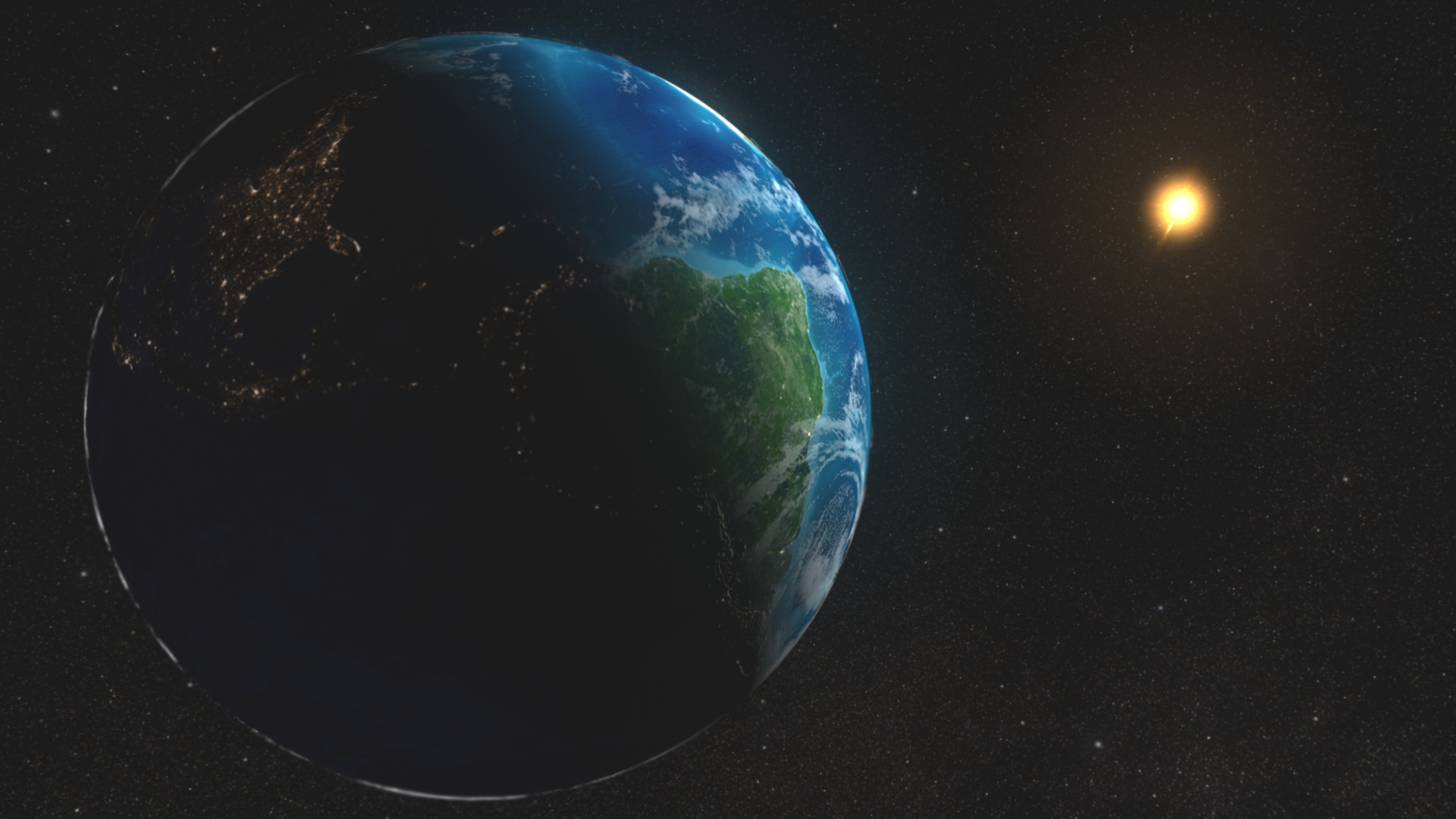Northern Germany, from the Polish borderlands in the east to the Netherlands in the west, is the stronghold of Germany’s muscular onshore wind power industry. This is where the lion’s share of the country’s nearly 30,000 wind turbines are sited, a combined force equal to the power generation of about 10 nuclear reactors. Where Germany’s northernmost tip abuts Denmark, soaring turbines crowd the horizon as far as the eye can see. And many more are coming as Germany strives to go carbon neutral by 2050.
Yet despite their impressive might, the north’s wind parks are a reminder not only of how much has been accomplished in Germany’s Energiewende, or clean energy transition, but also of what remains to be done. Although the country has made a Herculean effort to shift to a clean energy economy — in just the past five years government support and costs to consumers have totaled an estimated 160 billioneuros ($181 billion) — Germany’s greenhouse gas emissions have not declined as rapidly as expected in response to the vigorous expansion of renewable energy, which now generates 40 percent of the country’s electricity. Germany’s politicians are even resigned to falling significantly short of the country’s 2020 goal of reducing emissions by 40 percent below 1990 levels.
Germany’s failings have come as a vexing shock to its environmentally conscious citizenry. While Germans still overwhelmingly back the energy transition — for years polls showed support in excess of 90 percent — about three-quarters say the government is not doing enough to slow global warming.
…click on the above link to read the rest of the article…














